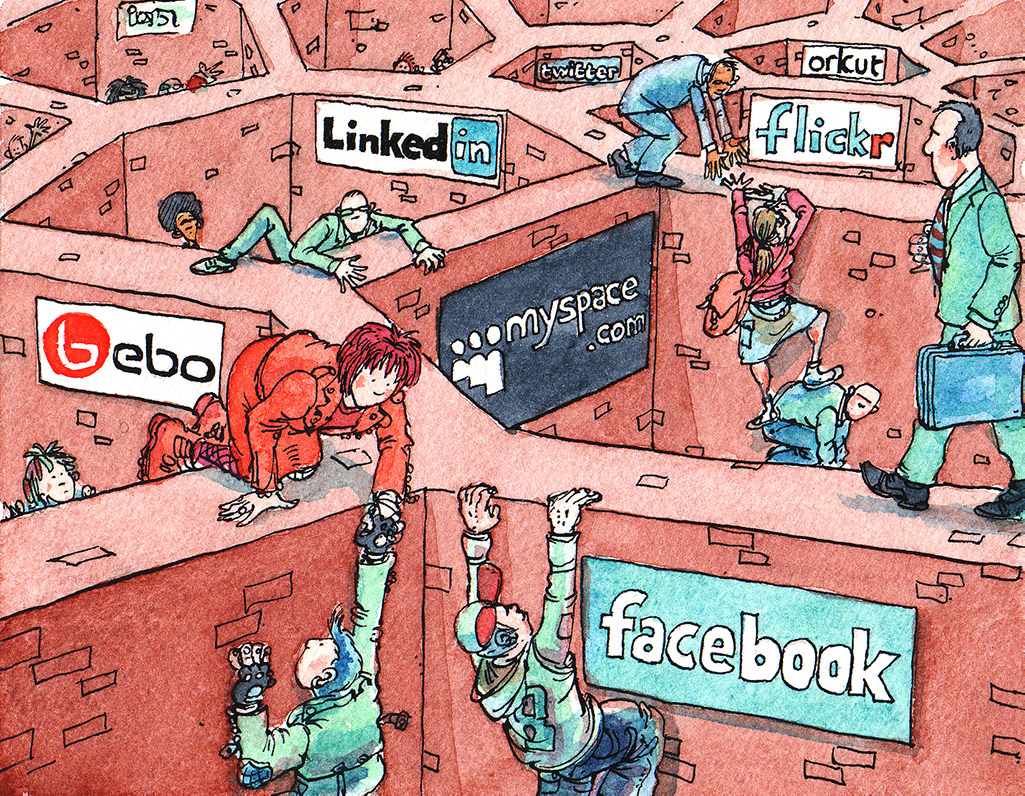![[Cover of Scientific American, May 2001]](images/scientific-american.jpg)
Ruben Verborgh, Ghent University – imec
Linked Data in Architecture and Construction Week, Lisbon, Portugal,
Ruben Verborgh
Ghent University – imec
To computers,
the hard is easy
and the easy is hard.paraphrased from Moravec’s Paradox
![[Cover of Scientific American, May 2001]](images/scientific-american.jpg)
Mom needs to see a specialist
and then has to have a series
of physical therapy sessions.
Biweekly or something.
I’m going to have my agent
set up the appointments.Berners-Lee, Hendler, and Lassila
The Semantic Web, 2001
What is the easy?
What is the hard?
Are we tackling
the right problems?
Are we tackling
the problems right?
A little semantics
Jim Hendler
goes a long way.
Ontologies are like underwear.
Everyone agrees they’re a good idea,
anonymous
but few people like to reuse someone else’s.
owl:sameAs performs great in experiments
It works in our university basement
When a measure becomes a target,
it ceases to be a good measure.
This paper presents the (hard) research,
engineers will do the (simple) rest.
The Web is a good platform for data publication,
Frank van Harmelen
but a pretty bad platform for data consumption.
And I agree on that last point (just not necessarily ML).

Anyone can say anything about anything.



Its novelty was universality.
Sign in with Facebook to see this content.
Facebook works better with the native app.

The Facebook founder has no intention of
allowing anyone to build anything on his platform
that does not have his express approval.Having profited mightily from the Web’s openness,
John Naughton, The Guardian
he has kicked away the ladder that elevated him
to his current eminence.
![[photo of a ladder]](images/ladder.jpg)
Solid aims to restore choice.
The Solid ecosystem enables people
to pick the apps they need,
while
storing their data wherever they want.
People control their data,
and share it
with the apps and people they choose.
{
"@context": "https://www.w3.org/ns/activitystreams",
"id": "#ruben-likes-ldac2019",
"type": "Like",
"actor": "https://ruben.verborgh.org/profile/#me",
"object": "http://linkedbuildingdata.net/ldac2019/#this",
"published": "2019-04-25T08:00:00Z"
}{
"@context": "https://www.w3.org/ns/activitystreams",
"id": "#ruben-likes-ldac2019",
"type": "Like",
"actor": "https://ruben.verborgh.org/profile/#me",
"object": "http://linkedbuildingdata.net/ldac2019/#this",
"published": "2019-06-19T08:00:00Z"
}{
"@context": "https://www.w3.org/ns/activitystreams",
"@graph": [{
"type": "Like",
"actor": "https://ruben.verborgh.org/profile/#me",
"object": "http://linkedbuildingdata.net/ldac2019/#this",
"published": "2019-06-19T08:00:00Z"
},{
"type": "Like",
"actor": "https://example.org/people/rui#me",
"object": "http://linkedbuildingdata.net/ldac2019/#this",
"published": "2019-06-19T08:05:00Z"
}]
}People think RDF is a pain
because it is complicated.
The truth is even worse.RDF is painfully simplistic,
Dan Brickley & Libby Miller
but it allows you to work with real-world data
and problems that are horribly complicated.
The best way to predict
Alan Kay
the future is to invent it.
![[photo of Alan Kay]](images/alan-kay.jpg)
The best way to invent
John Perry Barlow
the future is to predict it.
![[photo of John Perry Barlow]](images/john-perry-barlow.jpg)